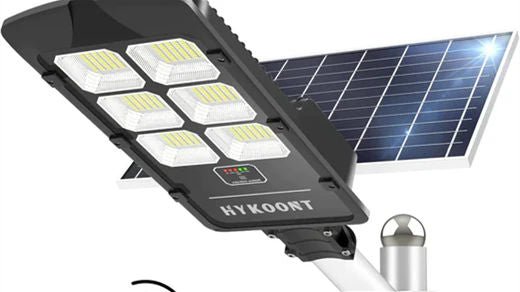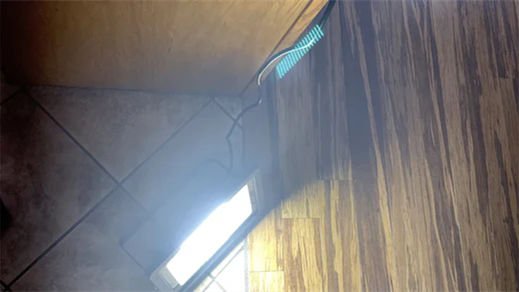Solar lights offer a sustainable and energy-efficient lighting solution, harnessing the power of sunlight to illuminate outdoor spaces. However, cloudy days pose a challenge to their functionality as they limit the amount of sunlight available for charging. In this article, we'll explore the working principle of solar lights and present practical yet simple strategies to ensure they remain charged even on overcast days.
Understanding the Working Principle of Solar Lights
Solar lights harness the power of sunlight to generate electricity through photovoltaic (PV) cells, commonly known as solar panels. These panels absorb sunlight during the day, initiating a photovoltaic process wherein sunlight photons excite electrons within the solar cells, generating a flow of electric current. This direct current (DC) electricity is then transferred to rechargeable batteries, where it is stored for later use. As dusk descends, the built-in sensors detect the reduction in ambient light levels, triggering the activation of the light fixtures. The stored energy from the batteries powers light-emitting diodes (LEDs) within the fixtures, illuminating the surroundings until dawn.

Practical Strategies for Charging Solar Lights on Cloudy Days
1. Harnessing Weak Sunlight
Instead of relying solely on direct sunlight, take advantage of ambient light sources on cloudy days. Solar panels can still generate electricity from diffuse or indirect sunlight, albeit at a reduced rate. Position solar panels strategically to capture as much ambient light as possible, even during cloudy weather.
2. Regular Cleaning of Solar Panels
Periodically clean the surface of solar panels to remove dust, dirt, and debris that can obstruct sunlight absorption. Use a soft brush, mild detergent, and water to gently scrub the panels, ensuring they remain free from any buildup that could hinder charging efficiency, particularly on cloudy days when every ray of sunlight counts.
3. Investing in USB Chargers or Backup Power
In addition to solar charging, consider purchasing USB chargers or backup power sources to supplement solar charging during prolonged periods of cloudy weather. USB chargers can be connected to solar lights directly or used to charge backup batteries separately, ensuring a reliable power source is always available, regardless of weather conditions.
4. Enhancing Battery Capacity and Efficiency
Upgrade to high-capacity and high-efficiency batteries to store more energy and maximize the utilization of available sunlight. Lithium-ion batteries, in particular, offer superior performance, faster charging times, and longer lifespan compared to traditional battery types. Ensure batteries are fully charged using mains electricity before installing them, providing a backup power source when sunlight is limited.
5. Implementing Energy-Efficient Lighting Modes
Configure solar lights to operate in energy-saving modes during periods of reduced sunlight. Adjust brightness levels or activate motion sensors to conserve stored energy and prolong lighting duration. By optimizing lighting settings, you can ensure that solar lights remain operational and provide adequate illumination even during cloudy days.
6. Upgrade to High-Efficiency Solar Panels
Consider investing in high-efficiency solar panels equipped with advanced technologies, such as monocrystalline or polycrystalline silicon cells. These panels are designed to generate electricity more efficiently, allowing for better charging performance even in low-light conditions.
7. Supplement with Artificial Light Sources
In addition to relying solely on sunlight, consider supplementing the charging of solar lights with artificial light sources, such as LED bulbs or indoor lamps. Place the solar panels near these light sources during cloudy days to boost the charging process and ensure adequate energy storage.

Conclusion
While cloudy days may present challenges for charging solar lights, implementing practical strategies can help overcome these obstacles and ensure continuous operation. By optimizing solar panel placement, upgrading to high-efficiency panels and batteries, implementing energy-saving modes, and supplementing with artificial light sources, you can maximize the performance and reliability of your solar lights even under less-than-ideal weather conditions.


































Leave a comment
This site is protected by hCaptcha and the hCaptcha Privacy Policy and Terms of Service apply.